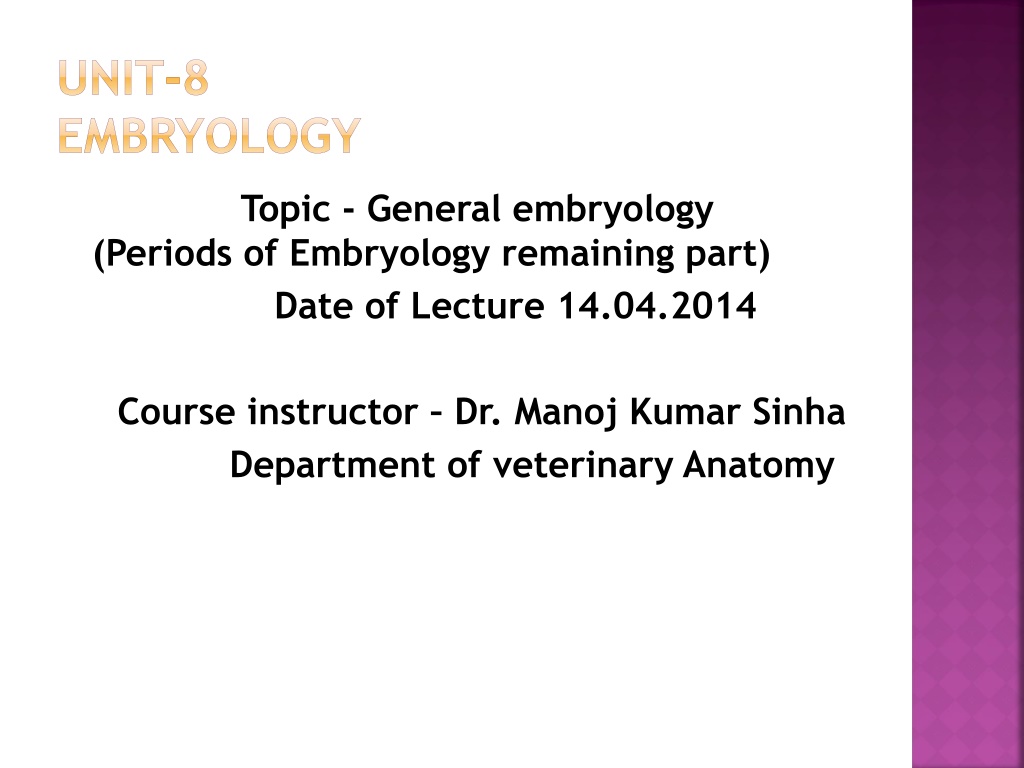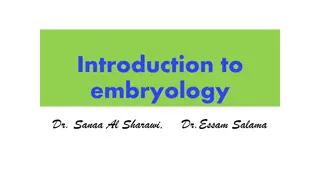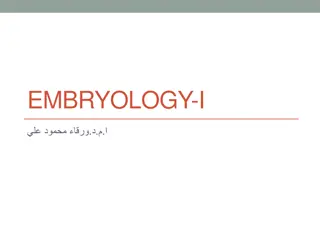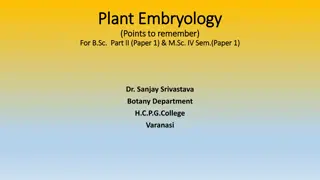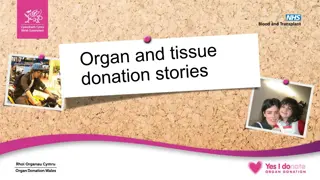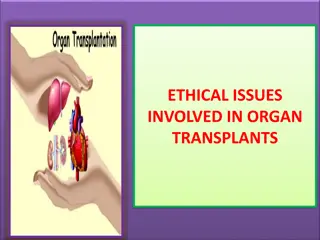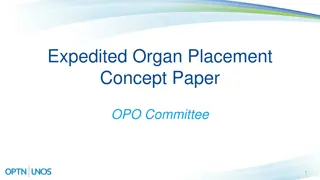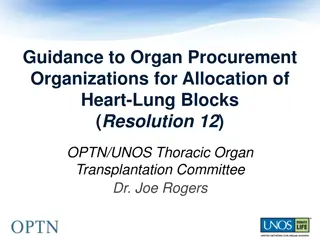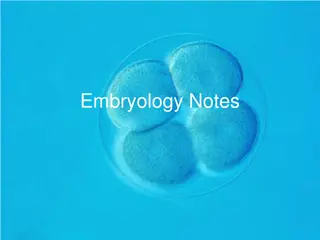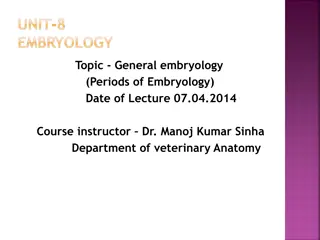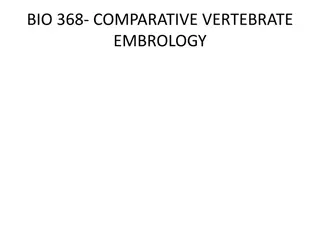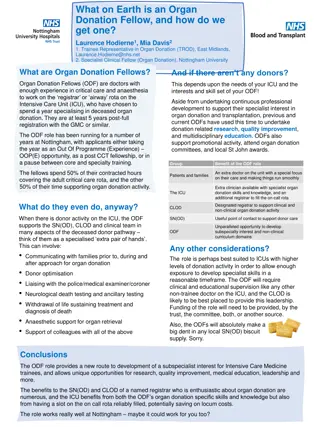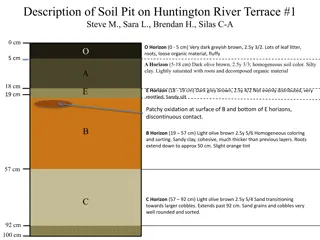Understanding General Embryology: Germinal Layers and Organ Formation
General embryology covers the development of organs and tissues from the three germinal layers - ectoderm, mesoderm, and endoderm. Ectoderm gives rise to the nervous system and body covering, mesoderm forms skeletal tissue and muscles, while endoderm forms the gut lining. Derivatives of each layer include various organs and tissues crucial for overall development.
Download Presentation

Please find below an Image/Link to download the presentation.
The content on the website is provided AS IS for your information and personal use only. It may not be sold, licensed, or shared on other websites without obtaining consent from the author. Download presentation by click this link. If you encounter any issues during the download, it is possible that the publisher has removed the file from their server.
E N D
Presentation Transcript
UNIT-8 EMBRYOLOGY Topic - General embryology (Periods of Embryology remaining part) Date of Lecture 14.04.2014 Course instructor Dr. Manoj Kumar Sinha Department of veterinary Anatomy
EMBRYONIC STAGE In this period all three germinal layers form most of the organs and tissues Ectoderm : Forms nervous system and covering of the body Mesoderm : Forms Skeletal tissue, muscles and blood vascular system Endoderm : Forms mucus membrane of gut DERIVATIVES OF ECTODERM Nervous system Epidermis Conjunctiva, lens Epithelial lining External layer of Muscles CNS, PNS, ANS (Hair, nails, Retina, Lens, of gum, cheek, tympanic membrane of Cranial and spinal sweat and Lacrimal gland, and enamel of tooth, and membranous Iris Nerves and sebaceous corneal epithelium ends of natural labyrinth of pituitary gland glands orifices internal ear
DERIVATIVES OF MESODERM All connective Gonads and Teeth except All muscles Cardiovascular Urogenital tissue and adrenal cortex Enamel except Iris and Lymphatic system (except sclerous tissue and skin system bladder, urethra and prostate) DERIVATIVES OF ENDODERM MID GUT HIND GUT FORE GUT Mucous membrane of alimentry canal (duodenum to colon) Meckel s diverticulum Epith. Lining of Tonsil, Epith. Lining mucous membrane Pharynx to part Thyroid, of respiratory from colon to anal Primitive Vaginal Of deuodenum, Parathyroid, system, canal, urinary bladder, sex cell epithelium Mucous Thymus, Eustachian urethra, prostat and Membrane of pancreas, tube and cowpers gland tongue and liver Tympanic cavity
Differentiation of Ectoderm Ectodermal layer of embryo gives rise to whole central and peripheral nervous system including all three ganglia (cranial, spinal and autonomic ganglia) Surface ectoderm gives rise to outer covering of embryo which develops later epidermis, hair, nail etc. Differentiation of Mesoderm Intraembryonic mesoderm longitudinally divided into 3 layers: i) Paraxial mesoderm: Placed just at the lateral side of notochord . It is made up of cubical tissue called somites / metameres. These cells appear at the end of 1stmonth of gestation In chick embryo these somites begin to start 22 hr. of incubation subsequently after 27 hr. 8 pair of somites appear somites divide into two parts: Sclerotome (ventrolateral part) Forms primitive vertebra Dermomyotome (Dorsolateral part) Divided into two parts a) b) Dermal plate Muscle plate Forms Dermis and Forms spindlle shaped cell subcutaneous tissue of skeletal muscle
Contiunue ii) Intermediate cell mass : present in between para-axial mesoderm and lateral plate It gives rise to nephric system and sex gland iii) Lateral plate mesoderm: formation of large cavity called intraembryonic coelome forms pericardial sac, plural sac and peritonial sac Further they divide into two parts parital layer called Somatopleure and visceral layer called Splanchopleure At the cephalic end of embryonic area mesoderm does not split and form a plate called Septum transversum leads to formation of diaphragm
Folding of Embryo The embryonic area after rapid proliferation develops a head fold, a tail fold and two lateral folds at the end of first month At that time the shape of embryo becomes cylindrical in shape During the folding ,growth of yolk sac slow and amniotic cavity become enlarges ,it surround the whole embryo and embryo floats in the amniotic cavity Foetal stage In this period growth of foetus become very rapid due to maturaton of various tissues and organs Complete development of placenta including umblical cord and foetal membrane Period extend from 3rdto 4thmonths of gestation to termination of pregnancy
Continue.. Foetus become get more weight , volume due to the deposition og more subcutaneous fat Fat deposition occur mainly at 2ndhalf of pregnancy Growth of alveoli and capillaries occur during 7thto 8th months of pregnancy Growth is more predominant in this period At birth at full term foetus have complete descended testis in scotum, attachment of umblical cord at the center of abdominal wall The approx age of embryo can be determined by measuring the Crown Rump Length ( it is the distance between the fore head and sacral prominence)
